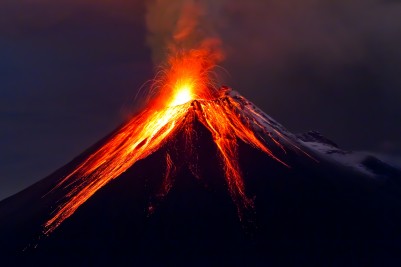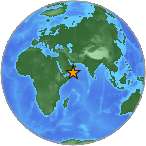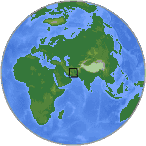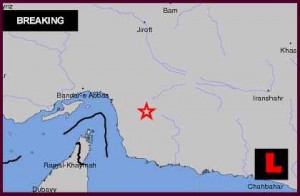Merely one week after two large earthquakes hit in Uganda and two quakes struck Yemen, a 5.5 magnitude earthquake again split the Red Sea, July 8. 2013.
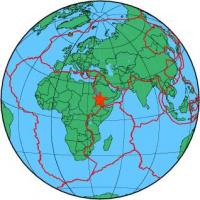
The parting of the Red Sea has been happening slowly over the past 30 million years. We may be at the point in history when a major split forms another sea.
Parting Of The Red Sea
Over a period of three weeks in 2006, the crust on both sides of the Red Sea moved apart approximately 8 meters (26 feet), and magma rose out of the Sea. The molten rock – enough to fill a football stadium more than 2,000 times – was injected along a vertical crack under the Red Sea, forming new crust and splitting the Sea open.
For the past 30 million years, Africa and Arabia have been moving apart, and this is what originally formed the Red Sea. The Earth is continually moving in this region, and the Red Sea is parting much more rapidly now than ever recorded.
The motion is episodic and jerky, and the split in 2006 added to the tearing of northeast Ethiopia away from the rest of Africa, and eventually another new sea will form.
Earthquakes And Tsunamis

Millions of years have already past, so it may be time for a major split in the Red Sea.
Major Earth movements typically take millions of years, but we tend to forget that what has already shifted in this region HAS taken millions of years.
Modern humans tend to think that the clock starts ticking at the moment we “discover” these geologic events. Today, time may be up, and the Red Sea may be ready for a final split.
Africa, the Indian Ocean, Arabia, and the Mediterranean Sea are exhibiting an increase in large earthquakes and tsunamis today, so keep in mind that the alarm clock may be ready to go off.
